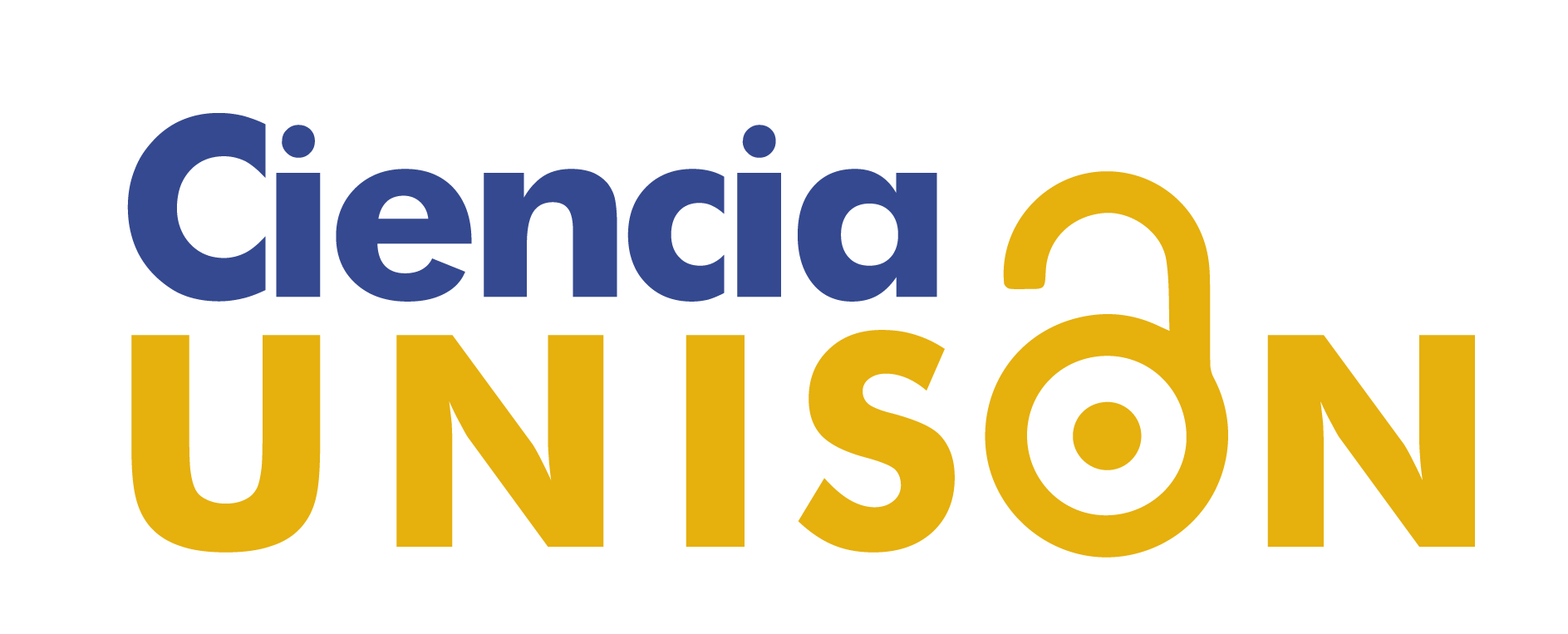Potencial anti-estrés nitrosativo y oxidativo, y anti-inflamatorio de una fracción citoprotectora aisla-da de Litopenaeus stylirostris
Potencial anti-estrés nitrosativo y oxidativo, y anti-inflamatorio de una fracción citoprotectora aisla-da de Litopenaeus stylirostris
DOI:
https://doi.org/10.18633/biotecnia.v27.2425Palabras clave:
citocinas, especies reactivasResumen
Se realizaron actividades biológicas de una fracción aislada del músculo de Litopenaeus stylirostris, la cual contiene un nuevo compuesto bioactivo derivado del alcaloide indolocarbazol, el ácido eicosapentaenoico y el dioctil ftalato. Se estudió la actividad eliminadora de especies reactivas de nitrógeno (ERN), la inhibición de la producción de óxido nítrico (ON), la reducción de especies reactivas de oxígeno (ERO) y la producción de citocinas reguladoras. Los resultados mostraron que la fracción disminuye los niveles de ERN, ON y ERO intracelulares; además, se encontró que es capaz de regular positivo y negativamente las citoquinas antiinflamatorias y proinflamatorias, respectivamente; lo que sugiere la presencia de compuestos que podrían estar asociados con disminuciones del estrés nitrosativo y oxidativo, así como con procesos de inflamación.
Descargas
Citas
Akira, S. and Takeda, K. 2004. Toll-like receptor signalling. Nature Reviews Immunology. 4(7): 499–511.
Akira, S., Takeda, K. and Kaisho, T. 2001. Toll-like receptors: Critical proteins linking innate and acquired immunity. Nature Immunology. 2(8): 675–680.
Aktan, F. 2004. iNOS-mediated nitric oxide production and its regulation. Life Sciences. 75(6): 639–653.
Alberts, B., Johnson, A., Lewis, J., Morgan, D., Raff, M., Roberts, K., Walter, P., Wilson, J. and Hunt, T. 2010. Molecular Biology of the Cell.
Albini, A. and Sporn, M.B. 2007. The tumour microenvironment as a target for chemoprevention. Nature Reviews Cancer. 7(2): 139–147.
Aldridge, C., Razzak, A., Babcock, T.A., Helton, W.S. and Espat, N.J. 2008. Lipopolysaccharide-stimulated RAW264.7 macrophage inducible nitric oxide synthase and nitric oxide production is decreased by an omega-3 fatty acid lipid emulsion. Journal of Surgical Research. 149(2): 296–302.
Allavena, P., Garlanda, C., Borrello, M.G., Sica, A. and Mantovani, A. 2008. Pathways connecting inflammation and cancer. Current Opinion in Genetics and Development. 18(1): 3–10.
Ambrozova, Gabriela, Michaela, A.E., Ae, P., Lojek, A., Ambrozova, G, Pekarova, Á.M. and Lojek, Á.A. 2010. Effect of polyunsaturated fatty acids on the reactive oxygen and nitrogen species production by raw 264.7 macrophages. Eur J Nutr. 49: 133–139.
Arancibia, S.A., Beltrán, C.J., Aguirre, I.M., Silva, P., Peralta, A.L., Malinarich, F. and Hermoso, M.A. 2007. Toll-like receptors are key participants in innate immune responses. Biological Research. 40(2): 97–112.
ATCC. 2018. RAW 264.7 (ATCC® TIB-71TM). American Type Culture Collection. https://www.atcc.org/products/all/TIB-71.
Autissier, P., Soulas, C., Burdo, T.H. and Williams, K.C. 2010. Evaluation of a 12-color flow cytometry panel to study lymphocyte, monocyte, and dendritic cell subsets in humans. Cytometry Part A. 77(5): 410–419. .
Awad, H.M., Abd-Alla, H.I., Mahmoud, K.H. and El-Toumy, S.A. 2014. In vitro anti-nitrosative, antioxidant, and cytotoxicity activities of plant flavonoids: A comparative study. Medicinal Chemistry Research. 23(7): 3298–3307.
Babcock, T.A., Helton, W.S., Hong, D. and Espat, N.J. 2002. Omega-3 fatty acid lipid emulsion reduces LPS-stimulated macrophage TNF-α production. Surgical Infections. 3(2): 145–149.
Babcock, T.A., Novak, T., Ong, E., Jho, D.H., Helton, W.S. and Espat, N.J. 2002. Modulation of lipopolysaccharide-stimulated macrophage tumor necrosis factor-α production by ω-3 fatty acid is associated with differential cyclooxygenase-2 protein expression and is independent of interleukin-10. Journal of Surgical Research. 107(1): 135–139.
Badhani, B., Sharma, N. and Kakkar, R. 2015. Gallic acid: A versatile antioxidant with promising therapeutic and industrial applications. RSC Advances. 5(35): 27540–27557.
Bagga, D., Wang, L., Farias-Eisner, R., Glaspy, J.A. and Reddy, S.T. 2003. Differential effects of prostaglandin derived from ω-6 and ω-3 polyunsaturated fatty acids on COX-2 expression and IL-6 secretion. Proceedings of the National Academy of Sciences of the United States of America. 100(4): 1751–1756.
Biswas, S.K. 2016. Does the Interdependence between Oxidative Stress and Inflammation Explain the Antioxidant Paradox?. Oxidative Medicine and Cellular Longevity.1: 5698931.
Blaylock, R.L. 2015. Cancer microenvironment, inflammation and cancer stem cells: A hypothesis for a paradigm change and new targets in cancer control. Surgical Neurology International. 6(1).
Blunt, J.W., Copp, B.R., Munro, M.H.G., Northcote, P.T. and Prinsep, M.R. 2011. Marine natural products. Natural Product Reports. 28(2): 196–268.
Braekman, J.C. and Daloze, D. 1986. Chemical defence in sponges. Pure and Applied Chemistry. 58(3): 357–364.
Brasier, A.R. 2006. The NF-κB regulatory network. Cardiovascular Toxicology. 6(2): 111–130.
Brüne, B., Zhou, J. and Von Knethen, A. 2003. Nitric oxide, oxidative stress, and apoptosis. Kidney International, Supplement. Elsevier. 63: 22-24.
Chávez-Sánchez, L., Chávez-Rueda, K., Legorreta-Haquet, M.V., Zenteno, E., Ledesma-Soto, Y., Montoya-Díaz, E., Tesoro-Cruz, E., Madrid-Miller, A. and Blanco-Favela, F. 2010. The activation of CD14, TLR4, and TLR2 by mmLDL induces IL-1β, IL-6, and IL-10 secretion in human monocytes and macrophages. Lipids in Health and Disease. 9: 1-8.
Chun, S.C., Jee, S.Y., Lee, S.G., Park, S.J., Lee, J.R. and Kim, S.C. 2007. Anti-inflammatory activity of the methanol extract of Moutan Cortex in LPS-activated RAW264.7 cells. Evidence-based Complementary and Alternative Medicine. 4(3): 327–333.
Ciavatta, M.L., Lefranc, F., Carbone, M., Mollo, E., Gavagnin, M., Betancourt, T., Dasari, R., Kornienko, A. and Kiss, R. 2017. Marine mollusk-derived agents with antiproliferative activity as promising anticancer agents to overcome chemotherapy resistance. Medicinal Research Reviews. 37(4): 702–801.
Conforti, F., Sosa, S., Marrelli, M., Menichini, Federica, Statti, G.A., Uzunov, D., Tubaro, A. and Menichini, Francesco. 2009. The protective ability of Mediterranean dietary plants against the oxidative damage: The role of radical oxygen species in inflammation and the polyphenol, flavonoid and sterol contents. Food Chemistry. 112(3): 587–594.
Coussens, L.M. and Werb, Z. 2002. Inflammation and cancer. Nature. 420(6917): 860–7.
Cruz-Ramírez, S.G., López-Saiz, C.M., Plascencia-Jatomea, M., Machi-Lara, L., Rocha-Alonzo, F., Márquez-Ríos, E. and Burgos-Hernández, A. 2015. Isolation and identification of an antimutagenic phthalate derivative compound from octopus (Paraoctopus limaculatus). Tropical Journal of Pharmaceutical Research. 14(7): 1257–1264.
Davis, K.L., Martin, E., Turko, I. V and Murad, F. 2001. Novel effects of nitric oxide. Annual Review of Pharmacology and Toxicology. 41(1): 203–236.
Erol-Dayi, Ö., Arda, N. and Erdem, G. 2012. Protective effects of olive oil phenolics and gallic acid on hydrogen peroxide-induced apoptosis. European Journal of Nutrition. 51(8): 955–960.
Fahmy, R. 2013. In vitro antioxidant, analgesic and cytotoxic activities of Sepia officinalis ink and Coelatura aegyptiaca extracts. African Journal of Pharmacy and Pharmacology. 7(22): 1512–1522.
Feng, Q., Kumagai, T., Torii, Y., Nakamura, Y., Osawa, T. and Uchida, K. 2001. Anticarcinogenic antioxidants as inhibitors against intracellular oxidative stress. Free Radical Research. 35(6): 779–788.
Ferlay J., Ervik M., Lam F., Colombet M., Mery L., Piñeros M., Bray F., Znaor A. and Soerjomataram I., B.F. 2022. Global Cancer Observatory: Cancer Today.
Funk, C.D. 2001. Prostaglandins and leukotrienes: Advances in eicosanoid biology. Science. 294(5548): 1871–1875.
Furuya, S., Kono, H., Hara, M., Hirayama, K., Sun, C. and Fujii, H. 2015. Interleukin 17A plays a role in Lipopolysaccharide/d-galactosamine-induced fulminant hepatic injury in mice. Journal of Surgical Research. 199(2): 487–493.
Gao, Y., Jiang, W., Dong, C., Li, C., Fu, X., Min, L., Tian, J., Jin, H. & Shen, J. 2012. Anti-inflammatory effects of sophocarpine in LPS-induced RAW 264.7 cells via NF-κB and MAPKs signaling pathways. Toxicology in Vitro. 26(1): 1–6.
García-Romo Joel Said, Noguera-Artiaga Luis, Carolina Gálvez-Iriqui Alma, Samuel Hernández-Zazueta Martin, Valenzuela-Cota Daniel Fernando, González-Vega Ricardo Iván, Plascencia-Jatomea Maribel, Burboa-Zazueta María Guadalupe, Sandoval-Petris Edgar, Robl, B.-H.A. 2020. Antioxidant, antihemolysis, and retinoprotective potentials of bioactive lipidic compounds from wild shrimp (Litopenaeus stylirostris) muscle. CyTA - Journal of Food. 18(1): 153–163.
Geng, Y., Zhang, B. and Lotz, M. 1993. Protein tyrosine kinase activation is required for lipopolysaccharide induction of cytokines in human blood monocytes. Journal of immunology. 151(12): 6692–700.
Gerwick, W.H. and Moore, B.S. 2012. Lessons from the past and charting the future of marine natural products drug discovery and chemical biology. Chemistry and Biology. 19(1): 85–98.
Ghosh, S., May, M.J. and Kopp, E.B. 1998. NF-κB AND REL PROTEINS: Evolutionarily Conserved Mediators of Immune Responses. Annual Review of Immunology. 16(1): 225–260.
Gilmore, T.D. 2006. Introduction to NF-κB: Players, pathways, perspectives. Oncogene. 25(51): 6680–6684..
González-Flores, D., Rodríguez, A.B. and Pariente, J.A. 2014. TNFα-induced apoptosis in human myeloid cell lines HL-60 and K562 is dependent of intracellular ROS generation. Molecular and Cellular Biochemistry. 390(1–2): 281–287.
Guha, M. and Mackman, N. 2001. LPS induction of gene expression in human monocytes. Cellular Signalling. 13(2): 85–94.
Halliwell, B. and Whiteman, M. 2004. Measuring reactive species and oxidative damage in vivo and in cell culture: How should you do it and what do the results mean?. British Journal of Pharmacology. 142(2): 231–255.
Hernández-Zazueta, M.S., García-Romo, J.S., Luzardo-Ocampo, I., Carbonell-Barrachina, Á.A., Taboada-Antelo, P., Rosas-Burgos, E.C., Ezquerra-Brauer, J.M., Martínez-Soto, J.M., Candia-Plata, M. del C., Santacruz-Ortega, H. del C. and Burgos-Hernández, A. 2023. N-(2-ozoazepan-3-yl)-pyrrolidine-2-carboxamide, a novel Octopus vulgaris ink-derived metabolite, exhibits a pro-apoptotic effect on A549 cancer cell line and inhibits pro-inflammatory markers. Food and Chemical Toxicology. 177: 113829.
Hwisa, N.T., Chandu, B.R., Katakam, P. and Nama, S. 2013. Pharmacognostical studies on the leaves of Ficus altissima blume. Journal of Applied Pharmaceutical Science. 3(4): 165–171.
Jezierska-Drutel, A., Rosenzweig, S.A. and Neumann, C.A. 2013. Role of oxidative stress and the microenvironment in breast cancer development and progression. Advances in Cancer Research. 1: 107–125.
Khajuria, V., Gupta, S., Sharma, N., Kumar, A., Lone, N.A., Khullar, M., Dutt, P., Sharma, P.R., Bhagat, A. and Ahmed, Z. 2017. Anti-inflammatory potential of hentriacontane in LPS stimulated RAW 264.7 cells and mice model. Biomedicine and Pharmacotherapy. 92: 175–186.
Kim, S.-B., Seong, Y.-A., Jang, H.-J. and Kim, G.-D. 2011. The anti-inflammatory effects of persicaria thunbergii extracts on lipopolysaccharide-stimulated RAW264.7 cells. Journal of Life Science. 21(12): 1689–1697.
Korhonen, R., Lahti, A., Kankaanranta, H. and Moilanen, E. 2005. Nitric oxide production and signaling in inflammation. Current Drug Targets: Inflammation and Allergy. 4(4): 471–479.
Lee, S.Y., Kim, H.J. and Han, J.S. 2013. Anti-inflammatory effect of oyster shell extract in LPS-stimulated RAW264.7 cells. Preventive Nutrition and Food Science. 18(1): 23–29.
Liu, K., Xiao, X., Wang, J., Chen, C.-Y.Y.O. and Hu, H. 2017. Polyphenolic composition and antioxidant, antiproliferative, and antimicrobial activities of mushroom Inonotus sanghuang. LWT - Food Science and Technology. 82: 154–161.
Locatelli, C., Filippin-Monteiro, F.B., Centa, A. and Creczinsky-Pasa, T.B. 2013. Antioxidant, antitumoral and anti-inflammatory activities of gallic acid. Handbook on Gallic Acid: Natural Occurrences, Antioxidant Properties and Health Implications. 1: 215–230.
Lonkar, P. and Dedon, P.C. 2011. Reactive species and DNA damage in chronic inflammation: Reconciling chemical mechanisms and biological fates. International Journal of Cancer. 128(9): 1999–2009.
López-Saiz, C.M., Velázquez, C., Hernández, J., Cinco-Moroyoqui, F.J., Plascencia-Jatomea, M., Robles-Sánchez, M., Machi-Lara, L. and Burgos-Hernández, A. 2014. Isolation and structural elucidation of antiproliferative compounds of lipidic fractions from white shrimp muscle (Litopenaeus vannamei). International Journal of Molecular Sciences. 15(12): 23555–23570.
Luna-Vital, D.A., Weiss, M. and De Mejia, E.G. 2017. Comparative Effect of an Anthocyanin-Rich Extract from Purple Corn and Pure Anthocyanins on 3T3-L1 Adipocytes under Different Physiological Conditions. Faseb Journal. 31: 646.31-646.
Luque-Alcaraz, A.G., Lizardi, J., Goycoolea, F.M., Valdez, M.A., Acosta, A.L., Iloki-Assanga, S.B., Higuera-Ciapara, I. and Argüelles-Monal, W. 2012. Characterization and antiproliferative activity of nobiletin-loaded chitosan nanoparticles. Journal of Nanomaterials. 1(1), 265161.
Molinski, T.F., Dalisay, D.S., Lievens, S.L. and Saludes, J.P. 2009. Drug development from marine natural products. Nature Reviews Drug Discovery. 8(1): 69–85.
Moncada, S., Palmer, R.M.J. and Higgs, E.A. 1991. Nitric oxide: physiology, pathophysiology, and pharmacology. Pharmacological Reviews. 43(2): 109–142.
Morgillo, F., Dallio, M., Della Corte, C.M., Gravina, A.G., Viscardi, G., Loguercio, C., Ciardiello, F. and Federico, A. 2018. Carcinogenesis as a result of multiple inflammatory and oxidative hits: a comprehensive review from tumor microenvironment to gut microbiota. Neoplasia (United States). 20(7): 721–733.
Muravchick, S. and R.J.L. 2006. Clinical implications of mitochondrial dysfunction. The Journal of the American Society of Anesthesiologists. 105: 819–837.
Naarala, J. and Korpi, A. 2009. Cell death and production of reactive oxygen species by murine macrophages after short term exposure to phthalates. Toxicology Letters. 188(2): 157–160.
Novak, T.E., Babcock, T.A., Jho, D.H., Helton, W.S. and Espat, N.J. 2003. NF-kappa B inhibition by omega -3 fatty acids modulates LPS-stimulated macrophage TNF-alpha transcription. American journal of physiology. Lung cellular and molecular physiology. 284(1): 84-89.
Pando, M.P. and Verma, I.M. 2000. Signal-dependent and -independent degradation of free and NF-κb-bound IκBα. Journal of Biological Chemistry. 275(28): 21278–21286.
Peng, W., Cai, G., Xia, Y., Chen, J., Wu, P., Wang, Z., Li, G. and Wei, D. 2019. Mitochondrial dysfunction in atherosclerosis. DNA and Cell Biology. 38(7): 597–606.
Pivnenko, K., Eriksen, M.K., Martín-Fernández, J.A., Eriksson, E. and Astrup, T.F. 2016. Recycling of plastic waste: Presence of phthalates in plastics from households and industry. Waste Management. 54: 44–52.
Qureshi, N., Morrison, D.C. and Reis, J. 2012. Proteasome protease mediated regulation of cytokine induction and inflammation. Biochimica et Biophysica Acta - Molecular Cell Research. 1823(11): 2087–2093.
Qureshi, N., Vogel, S.N., Van Way, C., Papasian, C.J., Qureshi, A.A. and Morison, D.C. 2005. The proteasome: A central regulator of inflammation and macrophage function. Immunologic Research. 31(3): 243–260.
Reuter, S., Gupta, S.C., Chaturvedi, M.M. and Aggarwal, B.B. 2010. Oxidative stress, inflammation, and cancer: How are they linked?. Free Radical Biology and Medicine. 49(11): 1603–1616.
Sandor, F. and Buc, M. 2005. Toll-like receptors. I. Structure, function and their ligands. Folia Biologica. 51(5): 148–157.
Schottelius, A.J.G. and Baldwin, A.S. 1999. A role for transcription factor NF-κB in intestinal inflammation. International Journal of Colorectal Disease. 14(1): 18–28.
Schroeter, H., Boyd, C., Spencer, J.P.E., Williams, R.J., Cadenas, E. and Rice-Evans, C. 2002. MAPK signaling in neurodegeneration: Influences of flavonoids and of nitric oxide. Neurobiology of Aging. 23(5): 861–880.
Sies, H. 2000. What is Oxidative Stress?. In Springer, Boston. 1: 1–8.
Stankevicins, L., Aiub, C., Maria, L.C.C. d. S., Lobo-Hajdu, G. and Felzenszwalb, I. 2008. Genotoxic and antigenotoxic evaluation of extracts from Arenosclera brasiliensis, a Brazilian marine sponge. Toxicology in Vitro. 22(8): 1869–1877.
Stockert, J.C., Horobin, R.W., Colombo, L.L. and Blázquez-Castro, A. 2018. Tetrazolium salts and formazan products in cell biology: viability assessment, fluorescence imaging, and labeling perspectives. Acta Histochemica.120(3): 159–167.
Tanaka, T., Narazaki, M. and Kishimoto, T. 2014. Il-6 in inflammation, immunity, and disease. Cold Spring Harbor Perspectives in Biology. 6(10): a016295.
Tegeder, I., Niederberger, E., Israr, E., Gühring, H., Brune, K., Euchenhofer, C., Grösch, S. and Geisslinger, G. 2001. Inhibition of NF-kappaB and AP-1 activation by R- and S-flurbiprofen. The FASEB journal : official publication of the Federation of American Societies for Experimental Biology. 15(1): 2–4.
Thomas, G.H. 1973. Quantitative determination and confirmation of identity of trace amounts of dialkyl phthalates in environmental samples. Environmental health perspectives. 3: 23–28.
Trott, O. and Olson, A.J. 2009. AutoDock Vina: Improving the speed and accuracy of docking with a new scoring function, efficient optimization, and multithreading. Journal of Computational Chemistry. 31(2), 455-461
Valko, M., Leibfritz, D., Moncol, J., Cronin, M.T.D., Mazur, M. and Telser, J. 2007. Free radicals and antioxidants in normal physiological functions and human disease. International Journal of Biochemistry and Cell Biology. 39(1): 44–84.
Valko, M., Rhodes, C.J., Moncol, J., Izakovic, M. and Mazur, M. 2006. Free radicals, metals and antioxidants in oxidative stress-induced cancer. Chemico-Biological Interactions. 160(1): 1–40.
Vane, J.R., Mitchell, J.A., Appleton, I., Tomlinson, A., Bishop-Bailey, D., Croxtall, J. and Willoughby, D.A. 1994. Inducible isoforms of cyclooxygenase and nitric-oxide synthase in inflammation. Proceedings of the National Academy of Sciences of the United States of America. 91(6): 2046–2050.
Ventrice, P., Ventrice, D., Russo, E. and De Sarro, G. 2013. Phthalates: European regulation, chemistry, pharmacokinetic and related toxicity. Environmental Toxicology and Pharmacology. 36(1): 88–96.
Wan, F. and Lenardo, M.J. 2010. The nuclear signaling of NF-κB: Current knowledge, new insights, and future perspectives. Cell Research. 20(1): 24–33.
Wang, C.C., Lai, J.E., Chen, L.G., Yen, K.Y. and Yang, L.L. 2000. Inducible nitric oxide synthase inhibitors of Chinese herbs. Part 2: Naturally occurring furanocoumarins. Bioorganic and Medicinal Chemistry. 8(12): 2701–2707.
Weigert, A. and Brüne, B. 2008. Nitric oxide, apoptosis and macrophage polarization during tumor progression. Nitric Oxide - Biology and Chemistry. 19(2): 95–102.
Zhang, Z., Li, Y., Lin, B., Schroeder, M. and Huang, B. 2011. Identification of cavities on protein surface using multiple computational approaches for drug binding site prediction. Bioinformatics. 27(15): 2083–2088.
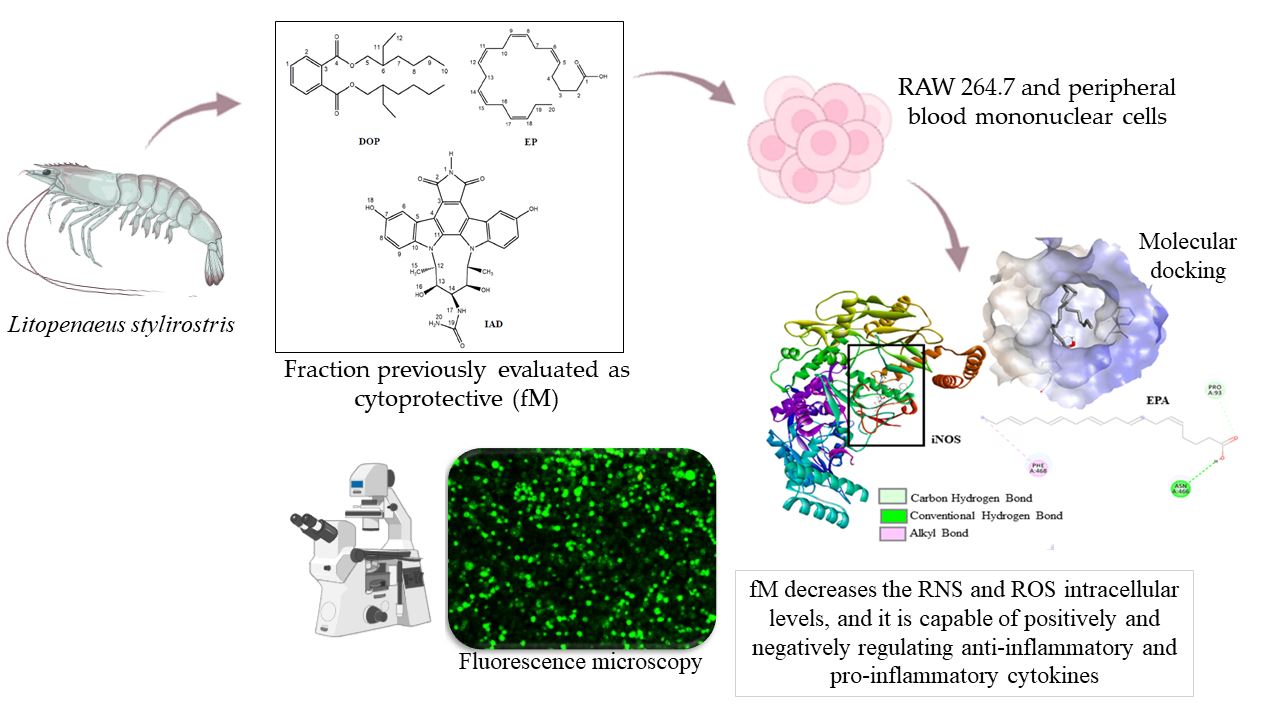
Descargas
Publicado
Cómo citar
Número
Sección
Licencia
Derechos de autor 2025

Esta obra está bajo una licencia internacional Creative Commons Atribución-NoComercial-CompartirIgual 4.0.
La revista Biotecnia se encuentra bajo la licencia Atribución-NoComercial-CompartirIgual 4.0 Internacional (CC BY-NC-SA 4.0)



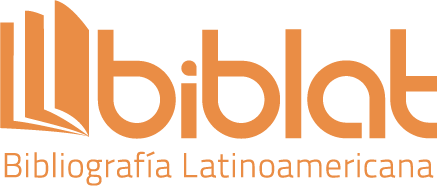

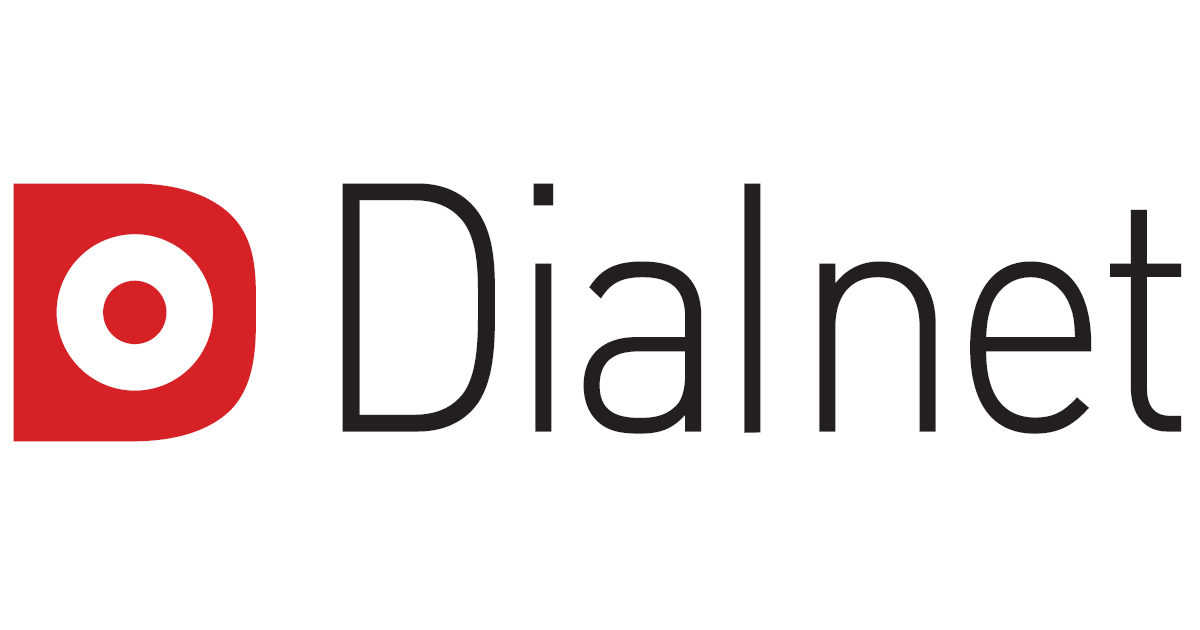

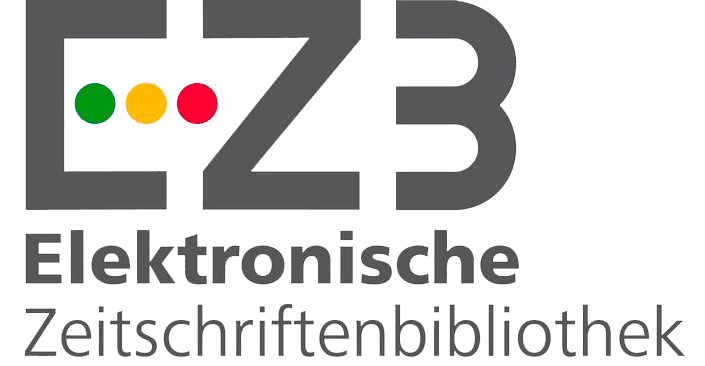


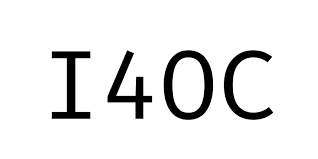
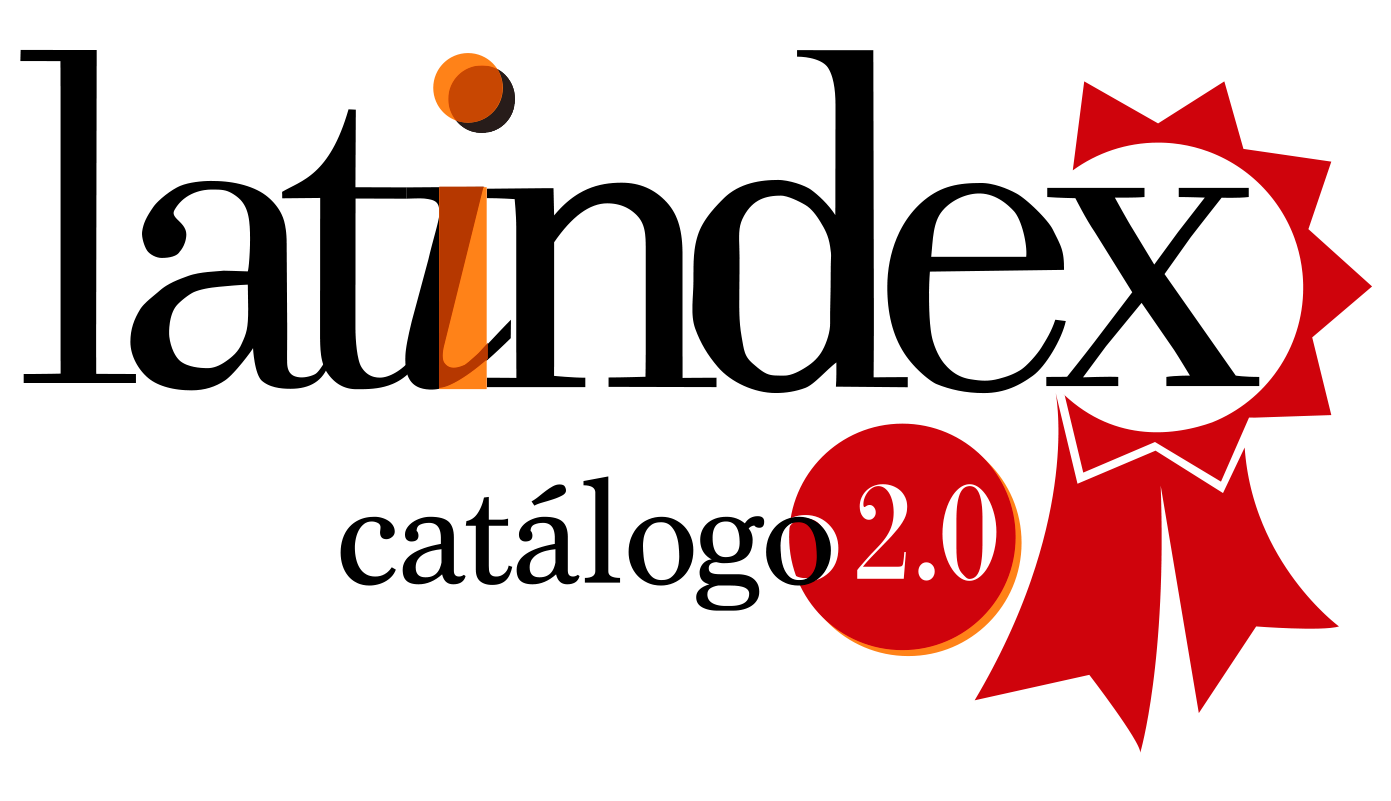

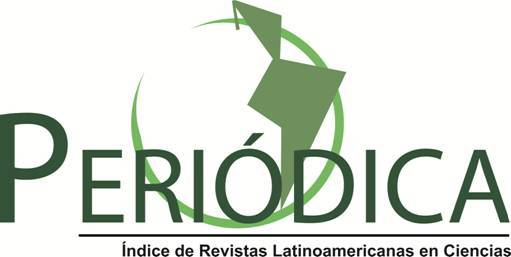

_(2).jpg)



